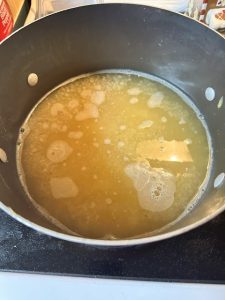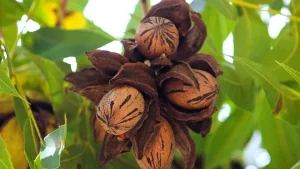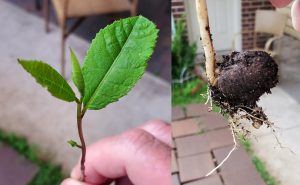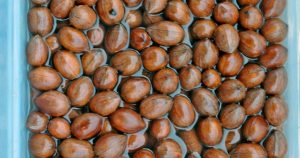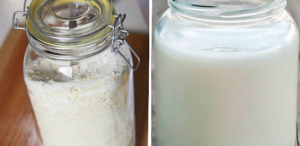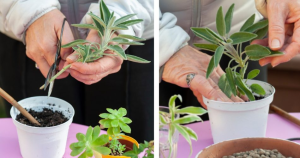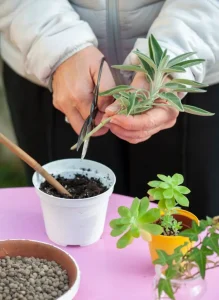When life gives you a great deal on pineapples, why not make the most of it?
In this article, we’ll explore the art of maximizing the potential of this beautiful fruit by showcasing three creative and sustainable ways to utilize every part of it. We’ll start by canning the juicy flesh, then boil the skins to extract refreshing pineapple juice, and finally, transform the leftover skins into a flavorful powder for teas. Join us on this journey of culinary innovation where nothing goes to waste!
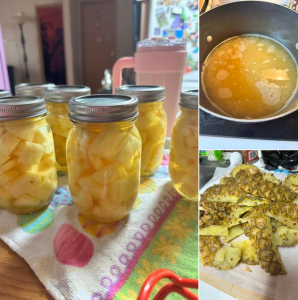
Recipe 1: Canned Pineapple
Ingredients:
- Fresh pineapples
- Water
- Sugar (optional)
Instructions:
1. Start by preparing the pineapples. Remove the outer skin, crown, and the core.
2. Cut the pineapple flesh into desired shapes, such as rings or chunks.
3. Sterilize canning jars by washing them thoroughly with hot, soapy water and then placing them in a large pot of boiling water for 10 minutes. Remove and let them air dry.
4. In a large pot, combine water and sugar (if desired) to create a light syrup. Use approximately 1 cup of sugar for every 4 cups of water.
5. Bring the syrup to a boil, stirring until the sugar dissolves completely.
6. Pack the pineapple pieces into the sterilized jars, leaving a little space at the top.
7. Pour the hot syrup over the pineapples, ensuring they are fully submerged.
8. Carefully remove any air bubbles by running a knife or spatula along the sides of the jars.
9. Wipe the jar rims clean and seal them tightly with sterilized lids and rings.
10. Process the jars in a boiling water bath for about 15 minutes.
11. Remove the jars from the water bath and let them cool to room temperature. You’ll hear a satisfying “pop” sound as the lids seal.
12. Store the canned pineapples in a cool, dark place and enjoy them in various recipes or as a sweet treat on their own.

